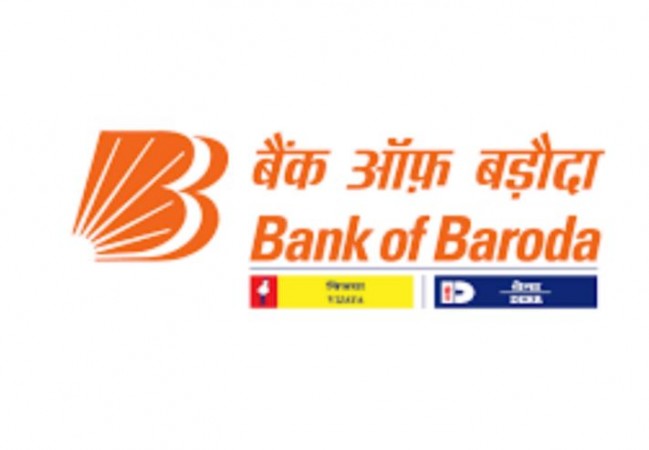
CHENNAI: According to a report by the Bank of Baroda, the decrease in rice and pulse sown area during the Kharif season is anticipated to fuel inflation in the upcoming months.
According to the data, the total amount of land that has been sown for the Kharif season as of September 30, 2022, is down 0.8 percent from the same time last year.
According to Bank of Baroda, rice and pulse sowing areas are still insufficient, having decreased by 4.8 percent and 4 percent, respectively. Arhar (4.4 percent), moong (4 percent), and urad (3.8 percent) have seen reduced seeding rates for pulses. Oilseeds (1 percent) and jute and mesta (0.10) are still sown in less area than they were the previous year.
The Bank of Baroda said that improvements have been seen in the sowing areas of cotton (7.5 percent) and sugarcane (0.9 percent). The central government has reportedly reaffirmed its readiness to take proactive measures, such export bans, to address potential price increases.
Notably, the central pool's supplies of both rice (22.5 million tonnes against a buffer of 10.3 million tonnes) and wheat (24.1 million tonnes against a buffer of 20.5 million tonnes) as of September 16 remain above the standard. On the other side, the report indicated that a greater reservoir level is good news for winter crops.
Sensex jumps over 1,300 points: Top stocks to watch today
Top cryptocurrencies, Bitcoin prices today, October 4
FPIs turn net sellers again, withdraw `7,600 crore from equities in Sept.